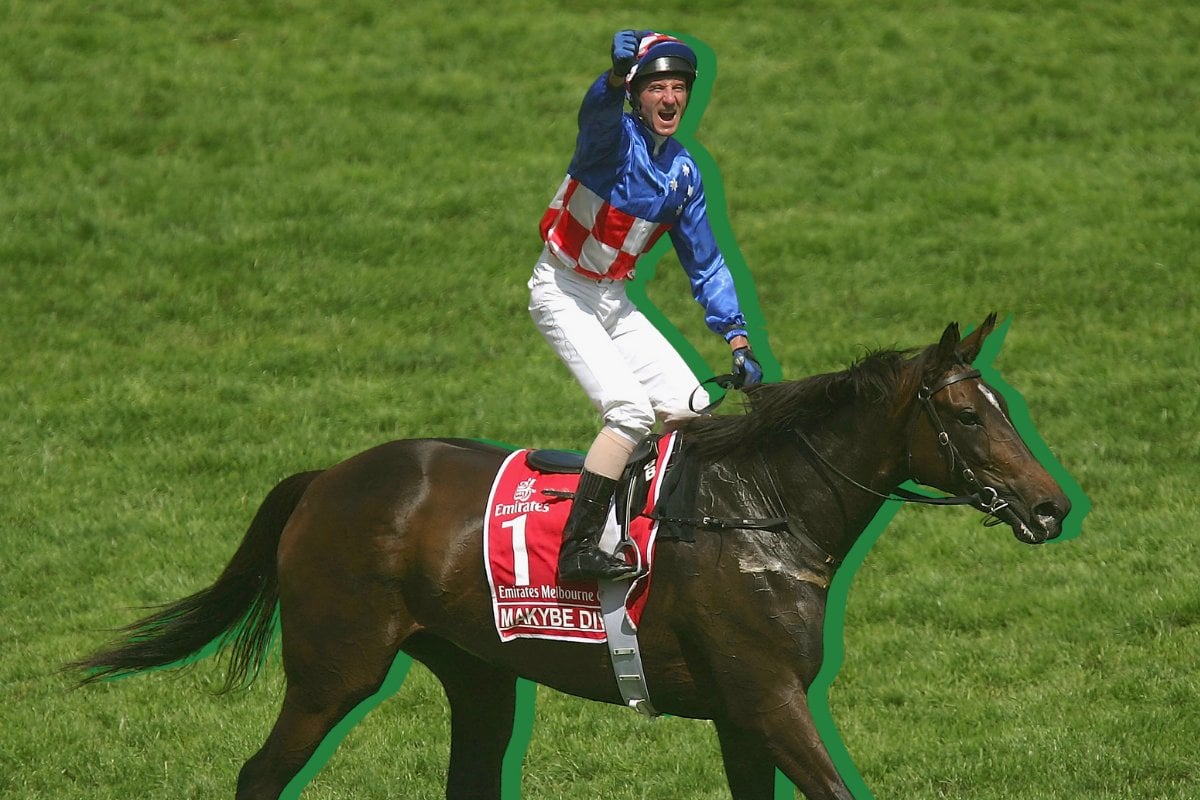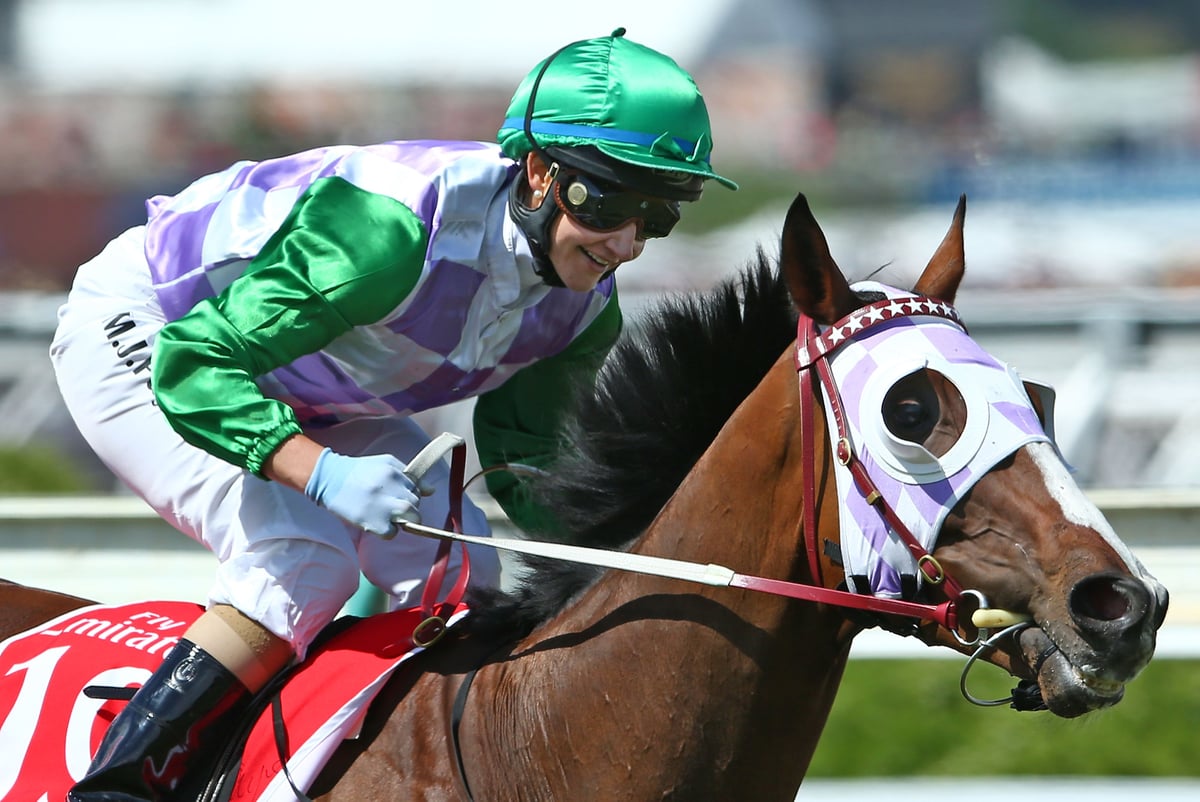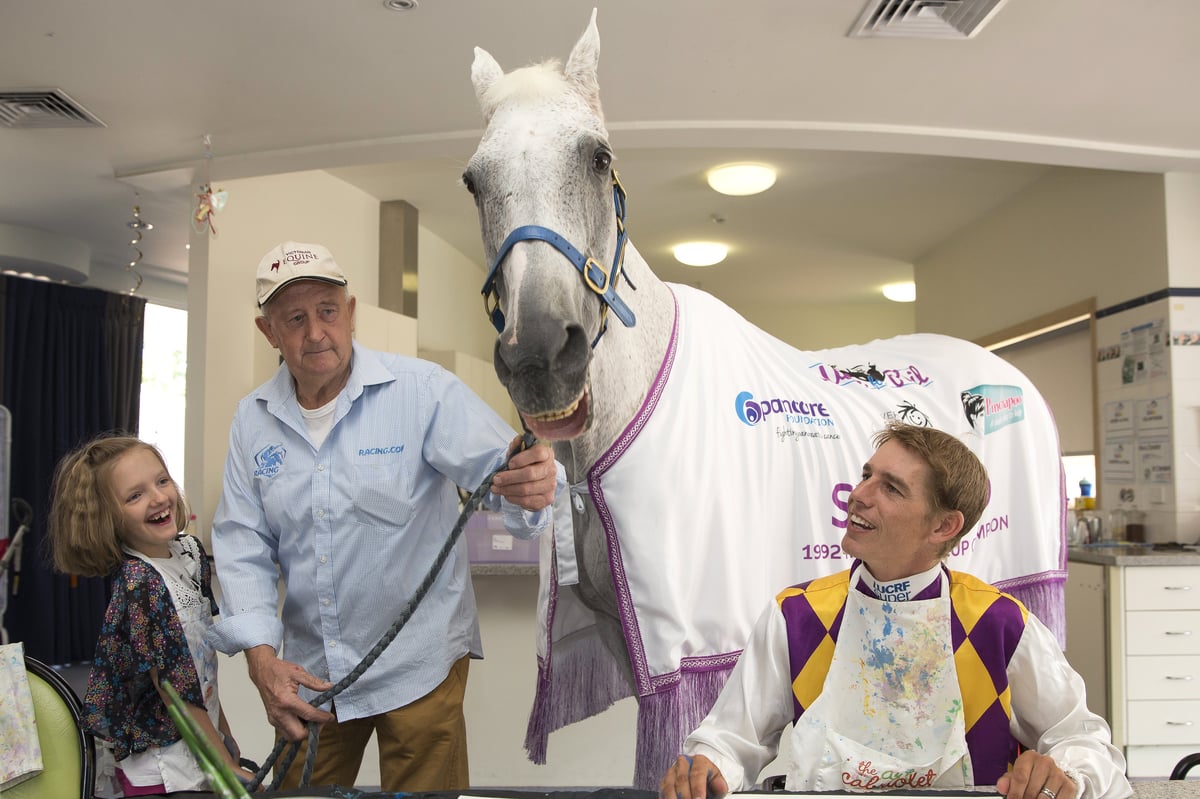
Mamamia understands that Australians have diverse views when it comes to events like the Melbourne Cup. You can read more about the facts around horse racing in 2020 here.
We can't ask a horse whether it likes to race, or how it's being treated.
What we can do is check in with past Melbourne Cup winners - the horses, not the humans - to find out what became of them after winning Australia's most famous race. Do they lead to a life of luxury? Live an easy retirement? Deal with injuries sustained through their racing career?
One of the most recognisable names in racing is Makybe Diva, a now-21-year-old British-bred, Australian-trained thoroughbred. She became the first horse to win the Melbourne Cup on three occasions (2003, 2004, and 2005), and also won the Cox Plate in 2005.
Upon her retirement from racing in November 2005, Makybe Diva was the highest stakes-earner in Australian horse racing history, finishing with winnings of more than A$14 million.
Mamamia's daily news podcast The Quicky asks what happens to the horses after the Melbourne Cup. Post continues below video.
Tony Santic, owner of Makybe Diva, told The Quicky he stands by his decision to retire the mare when he did.
Following her retirement from racing, Makybe Diva became a breeding mare. Now 21, she has given birth to nine foals.
"I retired her [from breeding] last year," Santic said.
"Now she's living the life of leisure and I basically see her everyday on the farm... We feed her apples three times a week, at least, and she loves them. She's got her mates there in the paddock with her and she's loving life at the moment."



Top Comments